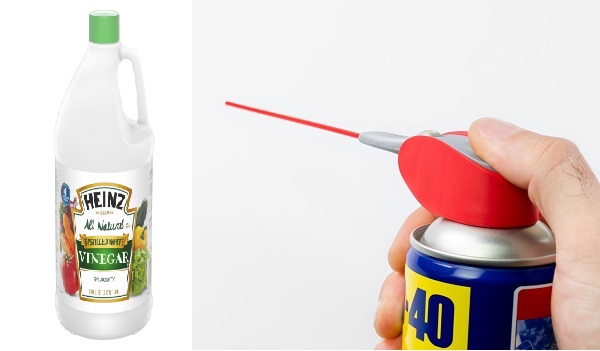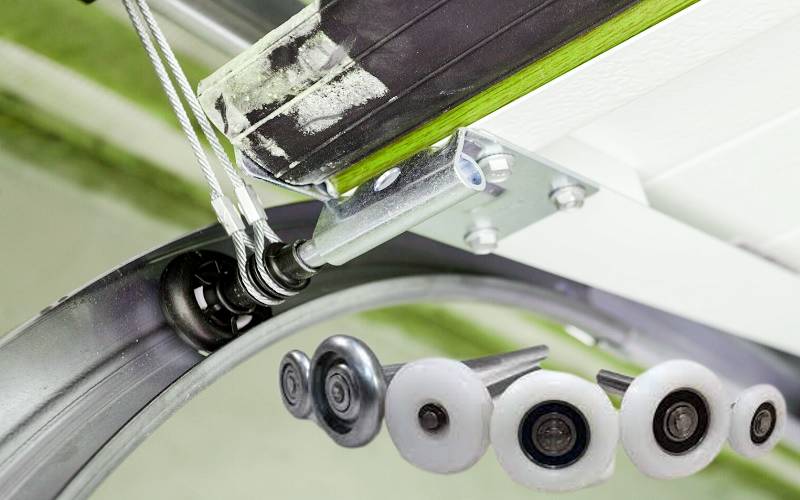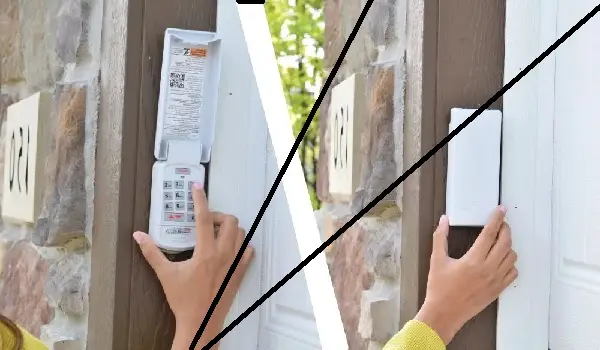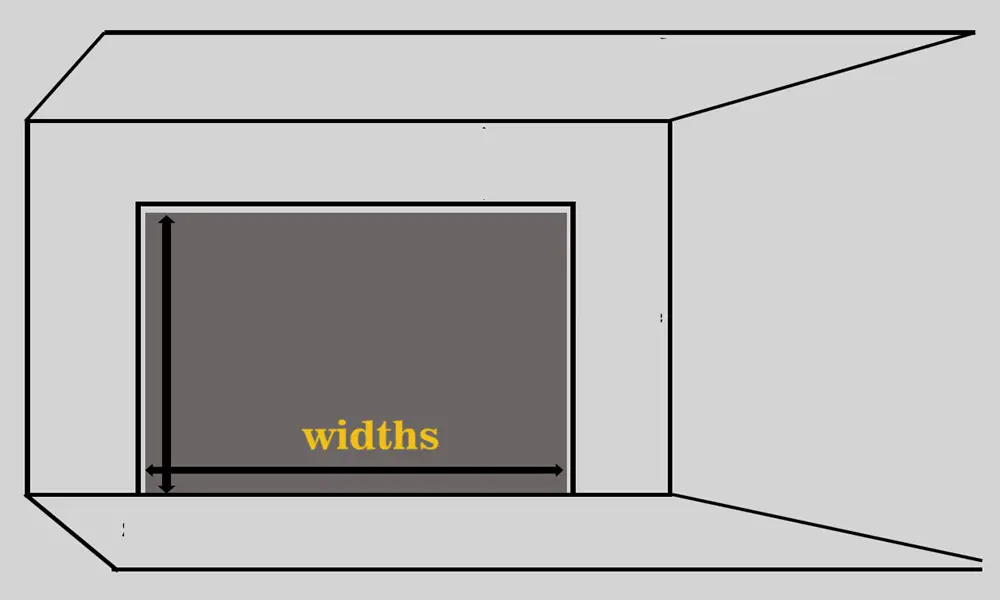Can Vinegar Remove WD 40? Here’s What You Need to Know
Vinegar is a common household item known for its versatile uses in cooking, cleaning, and even as a natural remedy. […]

Vinegar is a common household item known for its versatile uses in cooking, cleaning, and even as a natural remedy.
One question that often arises is whether vinegar can also effectively remove WD-40, a widely used petroleum-based lubricant and protectant.
In this article, I’ll draw from my firsthand experience to explore the science behind vinegar’s potential as a WD-40 remover.
We’ll dive deep into the chemistry, share practical tips, and reveal whether vinegar can effectively undo the slick grip of WD-40 on various surfaces.
You may also like:
What is Vinegar?
Vinegar is a liquid consisting mainly of acetic acid and water. It is a mild acid with a pH level typically ranging from 2 to 3.
Vinegar is renowned for its cleaning properties, and its ability to break down grease, grime, and even mineral deposits.
Why Might People Be Interested in Knowing Whether Vinegar Can Remove WD-40?
The need to remove WD-40 often arises from accidental spills, overspray, or the completion of a task.
Since vinegar is readily available and possesses cleaning properties, it’s natural for people to wonder whether it can be used as an effective WD-40 remover.
Before using vinegar for this purpose, it’s essential to understand the properties of both substances and how they interact.
Properties of Vinegar and WD-40
Vinegar is a Mild Acid:
Vinegar’s acidity gives it its cleaning power. When it comes into contact with substances like grease and oil, it can break down their molecular structure, making them easier to wipe away.
Vinegar’s reactivity varies depending on the surface it interacts with.
WD-40 is a Petroleum-Based Lubricant and Protectant:
WD-40 contains petroleum distillates, which enable it to effectively penetrate and lubricate mechanisms, displace water, and prevent rust.
This hydrophobic nature also contributes to its resistance against some cleaning agents.
Read Also: Best Garage Door Lubricant
Vinegar and WD-40 Can React Together to Produce Fumes:
When vinegar and WD-40 come into contact, there is a potential for a chemical reaction.
While not harmful in small amounts, this reaction can release fumes that might be irritating to the eyes and respiratory system.
Therefore, caution is advised when using the two together.
Steps for Using Vinegar to Remove WD-40
- Test in an Inconspicuous Area: Before using vinegar to remove WD-40, test it on a small, hidden area of the surface to ensure it doesn’t cause damage or discoloration.
- Application: Dampen a cloth or sponge with vinegar and gently apply it to the WD-40-affected area.
- Waiting Period: Allow the vinegar to sit for a few minutes to help break down the WD-40 residue.
- Wiping Away: Using a clean cloth, wipe away the vinegar along with the loosened WD-40 residue.
- Repeat if Necessary: If traces of WD-40 remain, repeat steps 3 and 4 until the residue is fully removed.
Pros and Cons of Using Vinegar to Remove WD-40
Pros:
- Safe and Non-Toxic: Vinegar is a natural and non-toxic solution, making it an eco-friendly choice for cleaning.
- Inexpensive: Vinegar is affordable and readily available in most households.
- Versatile: Vinegar can be used on a variety of surfaces, including glass, metal, plastic, and more.
Cons:
- Effectiveness Varies: Vinegar may not be equally effective on all surfaces and types of WD-40 residue.
- Time-Consuming: Removing WD-40 with vinegar may require multiple applications and some patience.
- Odor: Vinegar’s distinct odor may linger temporarily after cleaning.
Alternatives to Using Vinegar to Remove WD-40
If vinegar proves ineffective or is unsuitable for a particular surface, several alternatives can be considered:
- Commercial Degreaser: Specially formulated degreasers can effectively break down and remove WD-40 residue.
- Rubbing Alcohol: Isopropyl alcohol can dissolve WD-40 and evaporate quickly without leaving a residue.
- Acetone: Effective but potent, acetone can remove stubborn WD-40 marks, especially from metal surfaces.
Conclusion
In conclusion, vinegar can indeed be an effective solution for removing WD-40 from certain surfaces.
Its mild acidity can break down the residue, making it easier to wipe away. Its effectiveness may vary depending on the surface material and the specific type of WD-40 used.
For delicate or valuable surfaces, it’s best to opt for a commercial degreaser or rubbing alcohol. Always exercise caution and conduct a spot test before using vinegar on visible areas.
Ultimately, whether vinegar will remove WD-40 depends on the specific situation and surfaces involved.
It offers a safe, natural, and accessible option, but users should be aware of its limitations and potential reactivity with WD-40.
Whether you’re tackling a small household spill or addressing more extensive residue, understanding the properties of both vinegar and WD-40 is key to achieving a successful outcome.
So, can vinegar remove WD-40? The answer is nuanced and contextual, hinging on the variables of surface type, WD-40 formulation, and vinegar’s cleaning power.
As you navigate your cleaning endeavors, weigh the pros and cons, and remember that safety and efficacy are paramount. Choose your cleaning solution wisely and tailor it to the task at hand.











